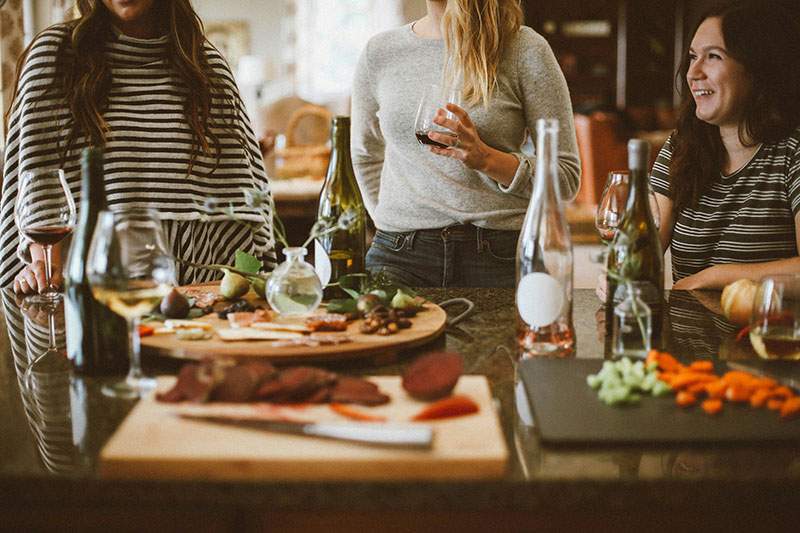The dinner party is a timeless tradition, an art form that combines culinary excellence with the joys of conversation and connection. As a host, your goal is to create an atmosphere where your guests feel welcomed, engaged, and pampered. Becoming a sought-after hostess with a reputation for throwing great dinner parties involves meticulous planning, creativity, and a genuine desire to make your guests feel special. Here’s how you can master the art of the dinner party.
1. Curating the Guest List
The foundation of any great dinner party lies in the group’s guest list. Aim for a diverse mix of people who share common interests but bring different perspectives to the table. Ideally, your group should include a combination of old friends and new acquaintances, ensuring a balance between comfort and novelty.
2. Table Decor: Setting the Scene
The dining table is the centerpiece of your event, and its decor sets the tone for the evening. Start with a well-chosen tablecloth or runner that complements the color scheme of your dining room. Fresh flowers or elegant candle arrangements add a touch of sophistication and warmth, but be mindful of their height so they don’t obstruct sightlines across the table. Incorporate personal touches, such as handwritten place cards or themed napkin rings, to make each guest feel valued.
The choice of dinnerware, glassware, and flatware also plays a crucial role. For a formal dinner, opt for classic, understated pieces, while a more casual gathering might call for playful, colorful accents. The key is to ensure that everything on the table harmonizes and enhances the overall aesthetic.
3. Thoughtful Seating Arrangements
Seating arrangements can make or break the flow of conversation at your dinner party. As a host, it’s your option to use placecard seating or to allow guests to sit where they wish. If you opt for the former, consider the personalities and interests of your guests when deciding where they should sit. Place more extroverted guests near quieter ones to encourage lively discussions without overwhelming anyone. Some prefer to be seated next to someone familiar, but others would appreciate being seated next to someone new, with whom they share a common interest.
To ensure everyone has an enjoyable time, try mixing up the seating halfway through the evening, perhaps during dessert or after a course. This adds an element of surprise and allows guests to connect with more people.
4. Crafting the Menu
A balanced menu includes before dinner crudités, salad, entrée, vegetables and dessert. Bread is becoming a less standard menu item.
5. Creating an Inviting Atmosphere
Ambiance is everything at a dinner party. Soft background music can set the mood, while lighting should be warm and inviting—candlelight is often ideal. Ensure that the room temperature is comfortable, and think about small details, like providing a cozy throw for an outdoor setting or a fan if it’s warm inside.
As the host, your demeanor is crucial. Greet each guest warmly, introduce people who may not know each other, and be attentive throughout the evening. Your relaxed, welcoming attitude will encourage your guests to feel the same.
The art of the dinner party is about more than just good food and beautiful decor; it’s about creating an experience that leaves your guests feeling cherished and connected. By thoughtfully curating your guest list, paying attention to table decor, arranging seating for optimal conversation, and ensuring a delightful atmosphere, you can become a sought-after hostess whose dinner parties are eagerly anticipated and fondly remembered.








